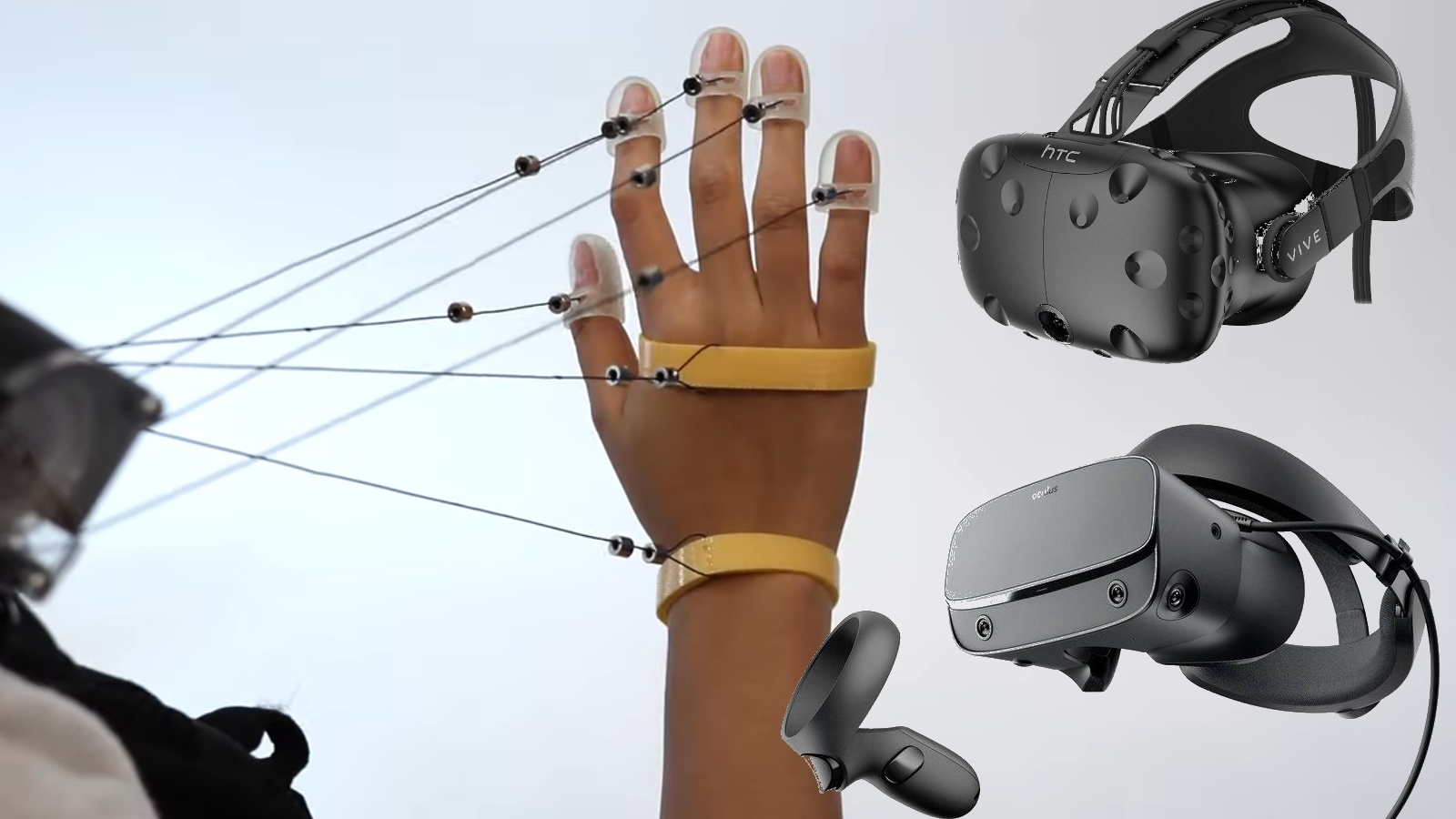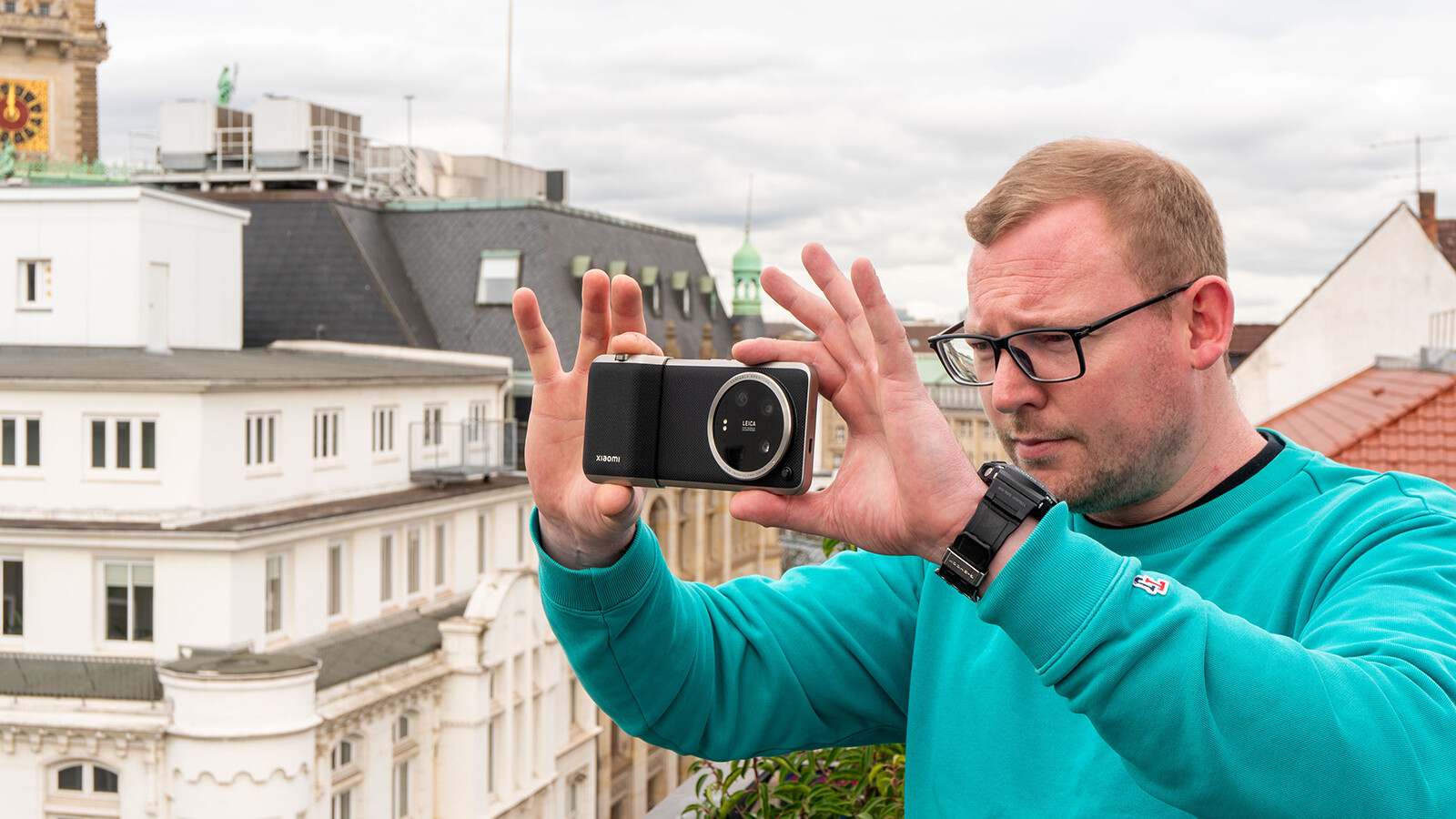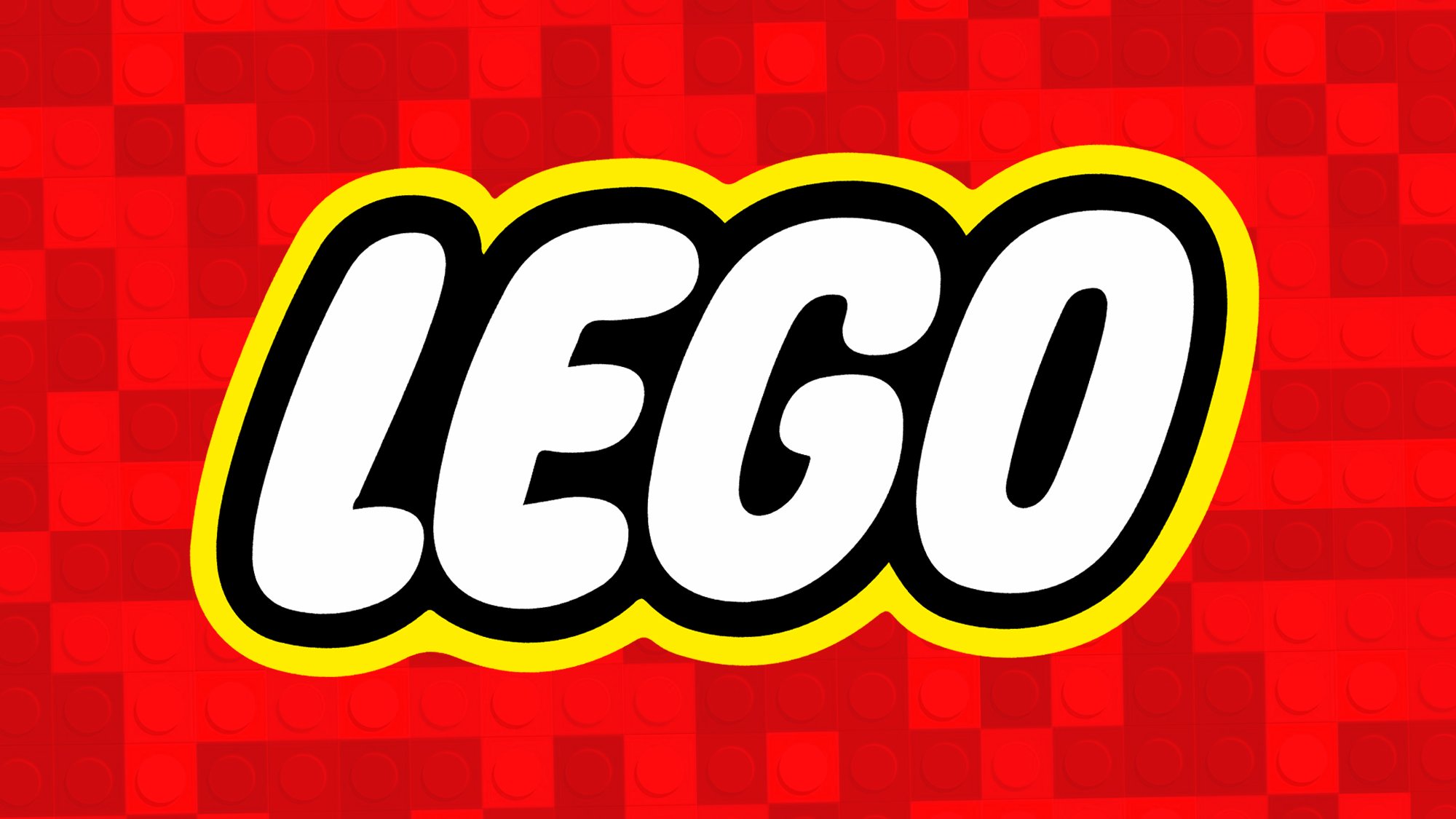Virtual Reality is all about experiencing virtual worlds. If the conventional controllers of current VR hardware are not sufficient for this, the Wireality project could be worth a look.
VR hardware as a puppeteer
Researchers at Carnegie Mellon University in the United States have developed a device to simulate contact with obstacles and the touching of objects in VR. The team behind Project Wireality has a treatise on how the hardware works
How exactly does Wireality work? The associated hardware consists of a device weighing around 280 grams, which users can attach to their shoulders. Wireality connects the user's hand to the actual device via thin strings.
The hardware registers via a Leap Motion Sensor on the VR headset when the user's hand is close to an object or a wall. Wireality then simulates touching the device by tensing the strings connected to the fingertips, wrist and palm.
more on the subject
The best VR glasses – buying advice virtual reality
In order to enable haptic feedback, in Wireality, instead of a motor, specific roll-up mechanisms are used that work via electrically controlled snap locks.
What application options does Wireality offer? The developers emphasize the low weight and low production costs of the hardware, which are said to be under $ 50 in mass production. This is why Wireality is suitable for both VR games and interactive VR experiences, for example museums.









